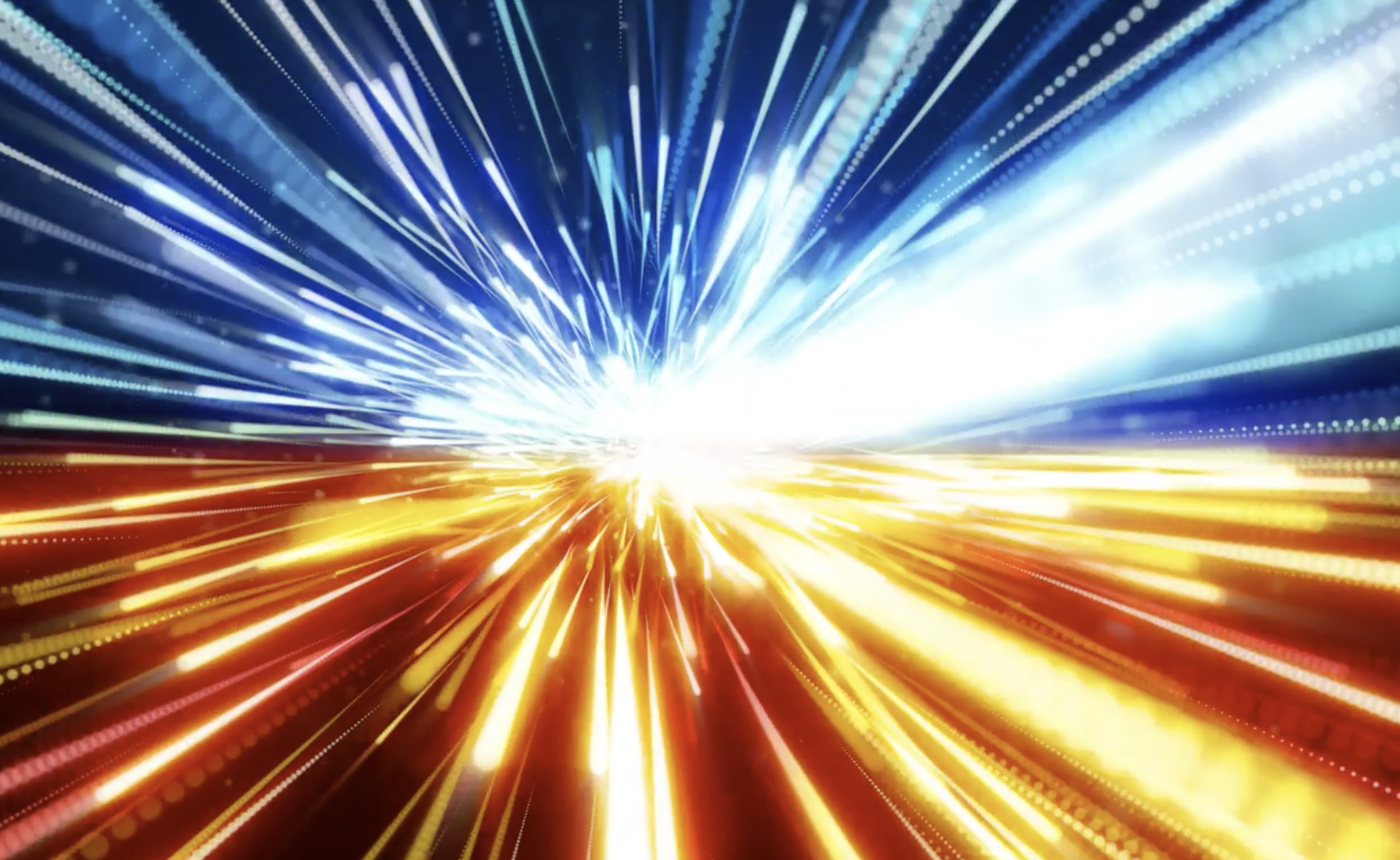Typically learning-drivers take training at the same time of the day. For example 6:30 pm right after work.
This happens with most clients.
But a large group of my clients are nervous, fearful, or post-crash drivers. Many take a gentler approach to learning spread over longer time spans.
They also bring into the learning large energy unrelated to the driving task; nervousness, fear, trauma, shyness or some form of internal stress, apart from driving.
This has taught me to listen very carefully to what one’s body health is – an extremely important skill in driving a car.
Recently I drove several lessons at 6:30 pm at the end of a client’s full work shift 9-5. They had failed three times attempting the ICBC test and were very frustrated with the overall experience. So they then found me to help.
This frustration translated into the car, causing jerky vehicle movements plus huge hesitation during right-of-way maneuvers.
Then we did an early 7 am class. WOW, her performance jumped and she was twice as good as all the after-work classes.
After explaining the huge improvement I saw, I asked WHY the big change?
Oh, my job is very high stress. By 6:30 pm I am exhausted. Maybe that’s why I find driving so frustrating. SHE SAYS.
A Reduction In Vision More Than 50%
So now I watch clients carefully., and when I see a huge drop or jump in visual scanning, I can usually locate the related cause ….
fatigue
stress
medicine
anxiety
internal stressor
other conditions
medical issues
Huge Drop In Visual Scanning.
Does your driving instructor help you learn to manage this big effect? Of course, it is a big part of driver education.





Comments are closed